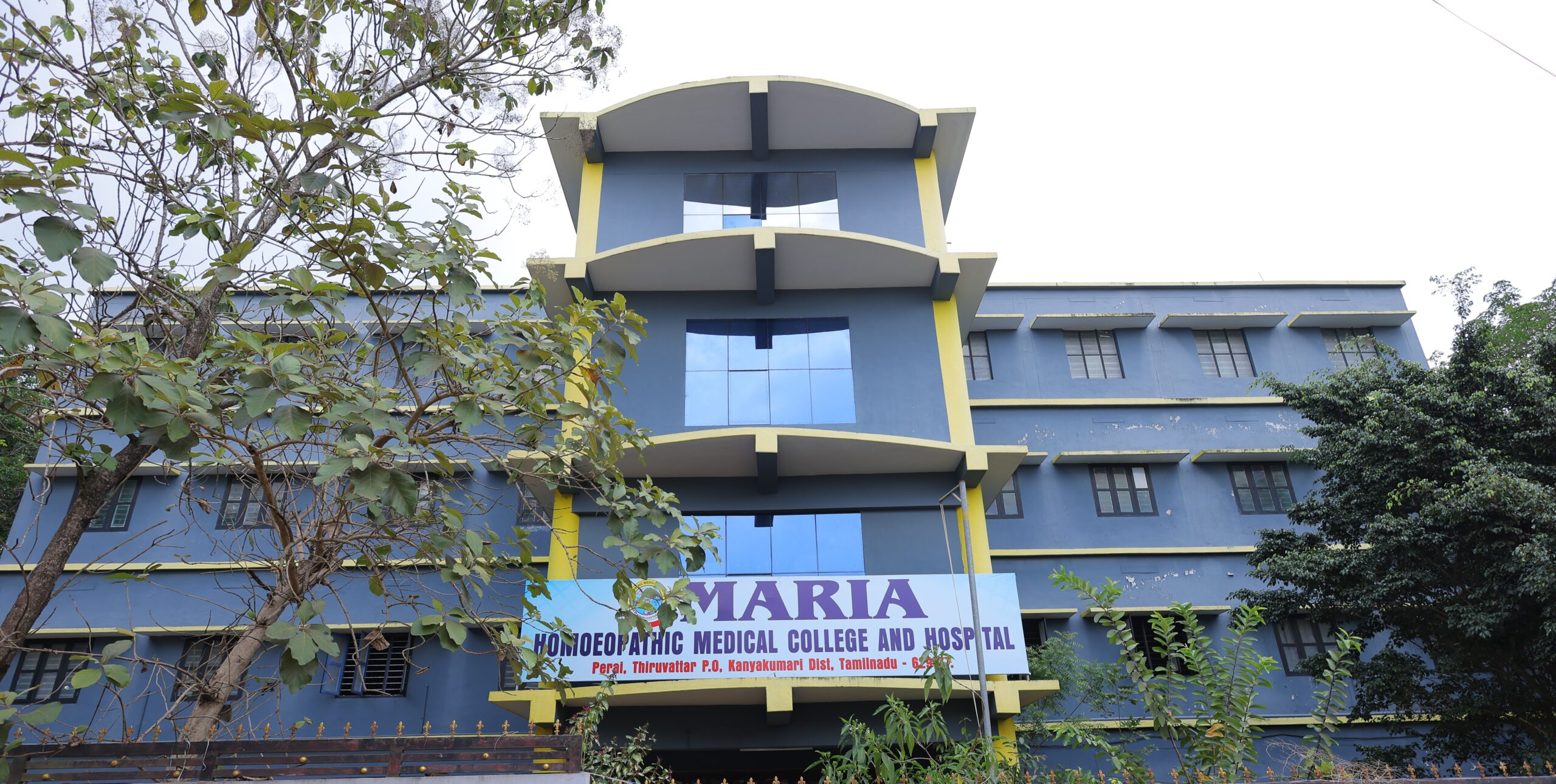Vision & MIssion
The vision and mission of a human anatomy department in Maria homeopathy medical college and hospital is to provide students with a strong foundation in anatomy to help them become competent homeopathic physicians.
The Department of Human Anatomy at Maria homoeopathic medical college and hospital has a number of missions and visions, including:
• Teaching and training
The department offers medical teaching and training at undergraduate, and postgraduate levels.
• Research
The main thrust areas of research in the department are neurobiology, male and female infertility, auditory and visual pathways, ageing-related disorders, pain biology, addiction genetics, pre-ecclampsia, enteric nervous system, pancreatitic pathogenesis, morphometry using state-of-the-art design-based stereology, autophagy and cell death, rare and common genetic disorders, ecotoxicology, breast cancer, nanobiology and drug-delivery systems, plastination and cancer biology including rare endocrine tumours.
The department provides training opportunities and support in the fields of Anatomical sciences, Genetics and Electron Microscopy to all undergraduate and post graduate students
• Diagnostics
The department offers diagnostic services for genetic disorders and fluorosis.
• Cadaveric workshops
The department organizes cadaveric workshops for undergraduate and post-graduate training and skills training.
• Academic environment
The department aims to create an academic environment that improves teaching and learning.
• Student skills
The department aims to develop students’ skills to equip them for the challenges of a fast-changing society.
The department has been provided with necessary infrastructure and experienced teaching faculty.
The department also have a dissection hall, histology lab, museum, models, charts and collections of bones.
• The department’s objectives include:
Teaching anatomy: Students learn about the structure of the human body, including embryology, histology, and osteology.
Teaching physiology: Students learn about the normal function of the body.
Correlating anatomy and physiology: Students learn how to correlate anatomy and physiology to clinical aspects.
Correlating anatomy and other clinical subjects: Students learn how to correlate anatomy and other clinical subjects to clinical aspects.
Integrated teaching: Students learn how to integrate anatomy with homoeopathic subjects to clinical aspects.
Providing expertise: Students learn how to provide expertise opinions and consultations.

